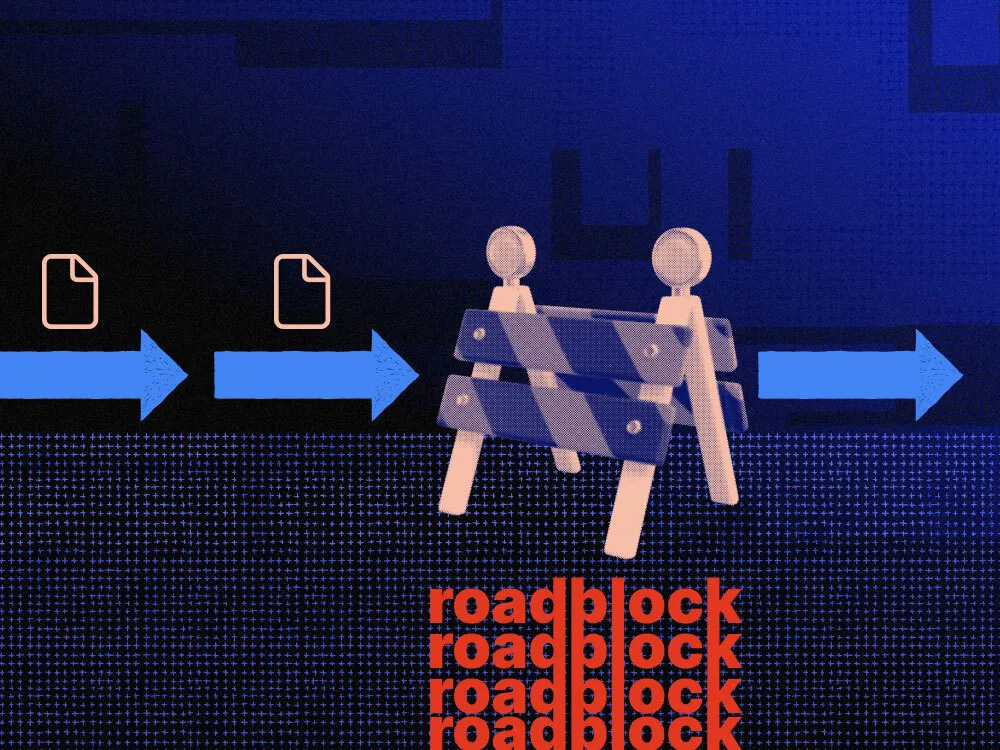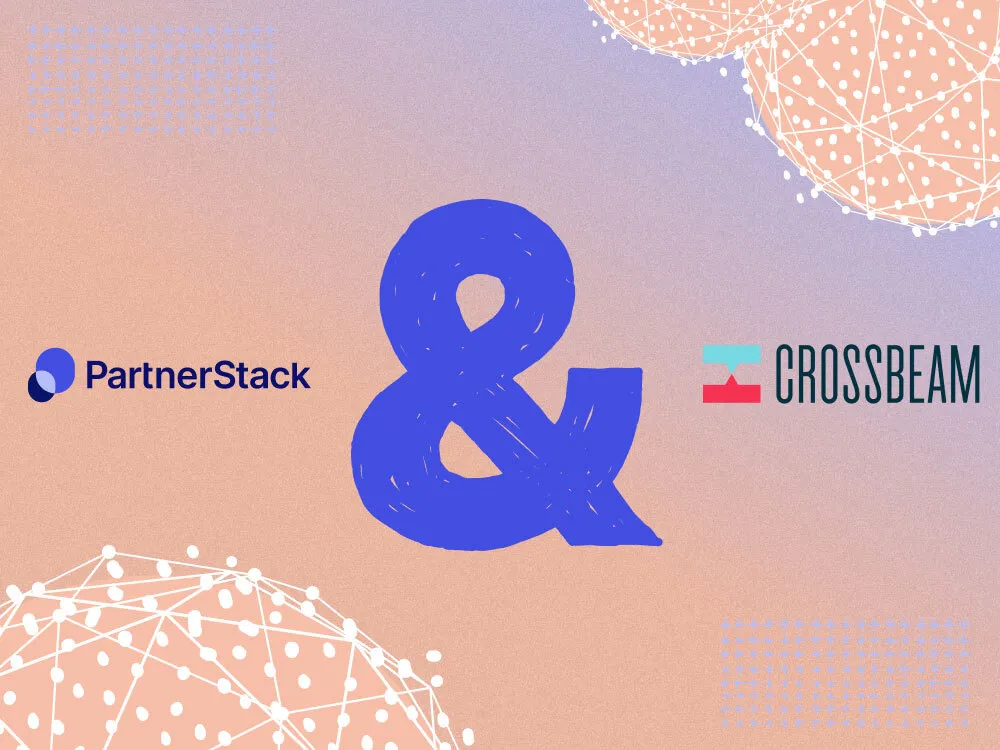Ecosystem-led growth is the new frontier in B2B SaaS sales. According to a recent report by Demand Gen, 96 per cent of B2B leaders expect to increase revenue directly attributed to their partner ecosystems.
But the question is, how do you actually translate partnerships and partner data into new customers?
That’s where account mapping can help. Account mapping is the process of overlaying partner ecosystem data to find opportunities for actionable growth.
It's like having a treasure map that shows you exactly where to dig for gold – new audiences, optimized acquisition, and ultimately, revenue.
In this article, we chatted with Chris Friedel, Sr. Manager of ISV and Solutions at Crossbeam and Olivia Folick, Senior Manager of Partner Marketing at PartnerStack to:
- Break down what account mapping is
- Describe how it supports customer acquisition in your go-to-market strategy
- Share best practices and actionable tips for getting started
Related: What you need to know about technical and solution partners.
What is account mapping?
Account mapping is the strategic process of charting your customer data and cross-referencing it with partners to uncover shared opportunities. This data includes leads, prospects and customers. By identifying overlaps, partners can implement various motions to maximize growth.
Account mapping can be done manually, but software tools like Crossbeam can streamline the process with specialized features and integrations using PRMs like PartnerStack.
It’s important to recognize that account mapping in B2B partnerships serves a distinct purpose compared to its traditional use in sales. Sales teams typically use individual account mapping to visualize a single company's internal structure to streamline the sales process, while in partnerships it is used to find joint opportunities with partners.
See more: Crossbeam and PartnerStack partner up in new integration to drive revenue opportunities.
How does account mapping benefit customer acquisition?
Account mapping is more than just a data exercise, it’s a growth engine for customer acquisition. The main benefits include:
Shortening sales cycles through collaboration
We all know that teamwork makes the dream work. In sales, that dream is closing new customers at lightning speed. Partner collaboration is the key and the numbers don't lie: in the 2023 State of the Partner Ecosystem Report, Crossbeam reported that deals close 46 per cent faster when partners are involved.
Account mapping brings all your customer data together in one place, making it easy to spot overlapping opportunities. Think of a high overlap count as a bat signal for a collaboration. This could include developing a tech integration with a partner, asking for a warm introduction to a target account before a sales handoff or launching a co-marketing campaign.
Friedel explains that partner context is the key element that fast tracks new audiences from initial awareness to final purchase. With context, sales teams can tailor their approach, better understand customer needs and close deals faster.
“You can take that context and give it to your sales reps who are on the front lines, so that they can be the most efficient when they go in there,” Friedel explains. He adds, “We always say, ride shotgun with a partner if you can. That's how you close big deals.”
You might also like: 4 ways partners closed deals faster through partnerships.

Leveraging data to do more with less
In B2B SaaS, time and resources are perpetually fleeting. As Friedel puts it, “In this environment, you need to be super efficient and you need to be hyper-targeted and you don't have time to waste time and energy in areas that you shouldn't be.”
With account mapping’s data insights, you can prioritize partnership opportunities with the most potential. Friedel explains, “Ecosystem intelligence informs next actions, like answering which partner you should use for specific deals.”
By looking for partners who share your ideal customer profile (ICP) and have the highest overlap, you can avoid wasting time on less promising opportunities, allocate resources efficiently and maximize ROI.
For Folick, account mapping data helps her avoid time-sucking dead ends. “It’s a really good way to say ‘no’ to things. I can fall back on the data to show that there isn't a lot of overlap and it isn't a good use of either of our times,” she shares.
Tapping into second-party data for a competitive edge
Google recently announced its decision to eliminate the use of third-party cookies from its Chrome browser before the end of the year.
Crossbeam CEO Bob Moore describes it as “the death of third-party data”. This seismic shift means that relying on third-party data for customer acquisition is becoming a risky bet.
Third-party data is essentially information about potential customers that companies collect and buy without any direct interaction. It's the fuel behind those targeted ads that seem to follow you around the internet.
Second-party data, on the other hand, is the golden ticket for customer acquisition in the new era. It's first-party data (the info customers willingly share) that comes from a trusted source, like your partners. Not only is it better quality, but you’ll also be able to confidently rely on it as third-party data is phased out.
“Account mapping is taking this ecosystem of data and having it sit as a data layer. This data layer provides content which is so powerful for sales and marketing motions,” Friedel explains.
Best practices for account mapping
Thanks to modern software solutions, account mapping is now a breeze. But remember these best practice tips to skip the learning curves and nail it the first time around:
Conduct a thorough partnership assessment
Before you jump into any partnership, it’s important to make sure it’s a match. Friedel warns, “So many teams want to know the answer before they go to market with somebody and then find out six months later, ‘Oh, we don't really have the same ICP like we thought we did.’”
Thoroughly vet partners to make sure they align with your ICP, target market and overall business goals. This saves you from wasting precious time and resources chasing opportunities that just aren't there.
“One of the first things I do when I'm talking to new partners is connect on Crossbeam, look to see if we have the same ICP and then ask what’s our addressable market?” Friedel shares.
Prioritize CRM data quality
Successful account mapping relies on clean, up-to-date data. Think of your CRM like a well-oiled machine, if you feed it junk, it’s not going to work. Folick says, “Account mapping is only as good as your CRM data is.”
Inaccurate or incomplete data can cause a cascade effect that loops back, Folick explains. Poor data can lead to inaccurate insights that result in costly mistakes.
Lean in to data sharing and collaboration
“A consistent blocker that companies always run into — and it's really a misconception — is the idea of security,” Friedel adds, “They say, ‘Oh, I don't want to share my data.’”
But here's the thing: data sharing is the cornerstone of successful account mapping. It's about building trust and transparency with your partners. If you're worried about security, do your due diligence when vetting a software solution.
Friedel highlights Crossbeam’s commitment to data privacy and security through their various compliance certifications and compliance measures available on their website. “We take just about every single security measure that you can,” he says.
If you're still feeling a bit hesitant, Friedel suggests segmentation. “You can segment what data you share, if it's contacts, if it's data, whatever it is. You have complete control over how much you share with people,” he explains.

The Crossbeam and PartnerStack integration advantage
The PartnerStack and Crossbeam integration makes account mapping with partners even easier. Forget about juggling multiple tools and endless spreadsheets. With this integration, partnership teams can easily identify customer overlaps, directly refer leads and streamline partner payments. Seamless data flows reduce manual work so partnership teams can focus on what matters, building relationships and growth.
Don’t just take our word for it – the proof is in the results.
Fundraise Up, a company on a mission to help nonprofits boost their revenue, is a great example. PartnerStack acts as their ecosystem partner hub, while Crossbeam and Partner Fleet are used for account mapping and partner marketplace spaces.
With an ecosystem-focused tech stack and a passionate partner manager, Fundraise Up saw deals closes one fifth faster and a 30 per cent boost in deal size.
Read more: How Fundraise Up closes deals 20% faster with a best-in-class tech stack
Account mapping isn't just a trend; it's the future of B2B SaaS growth. By leveraging the power of partner ecosystems, partners can achieve more together. And with the right software tools (hint, hint) and strategies in place, the possibilities are endless.


















